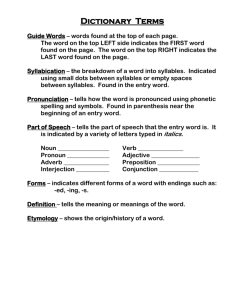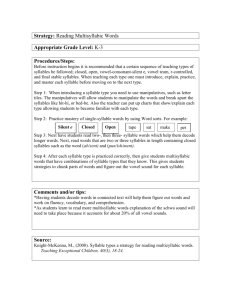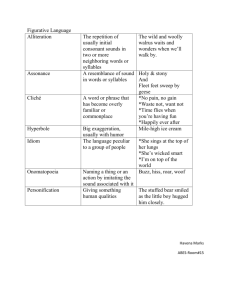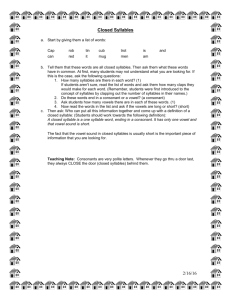The LAFF VCV database is a collection of VCV syllables... males and one female. The speakers were native speakers of...
advertisement
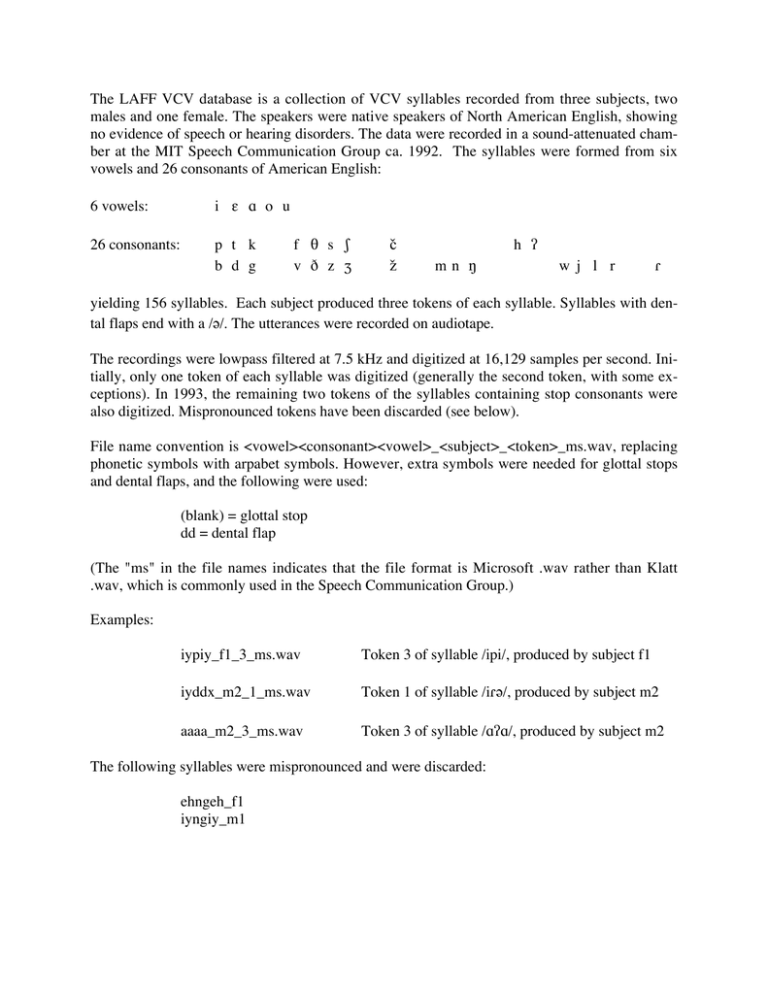
The LAFF VCV database is a collection of VCV syllables recorded from three subjects, two males and one female. The speakers were native speakers of North American English, showing no evidence of speech or hearing disorders. The data were recorded in a sound-attenuated chamber at the MIT Speech Communication Group ca. 1992. The syllables were formed from six vowels and 26 consonants of American English: 6 vowels: i o u 26 consonants: p t k b d g f s v z c z& mn h w j l r yielding 156 syllables. Each subject produced three tokens of each syllable. Syllables with dental flaps end with a //. The utterances were recorded on audiotape. The recordings were lowpass filtered at 7.5 kHz and digitized at 16,129 samples per second. Initially, only one token of each syllable was digitized (generally the second token, with some exceptions). In 1993, the remaining two tokens of the syllables containing stop consonants were also digitized. Mispronounced tokens have been discarded (see below). File name convention is <vowel><consonant><vowel>_<subject>_<token>_ms.wav, replacing phonetic symbols with arpabet symbols. However, extra symbols were needed for glottal stops and dental flaps, and the following were used: (blank) = glottal stop dd = dental flap (The "ms" in the file names indicates that the file format is Microsoft .wav rather than Klatt .wav, which is commonly used in the Speech Communication Group.) Examples: iypiy_f1_3_ms.wav Token 3 of syllable /ipi/, produced by subject f1 iyddx_m2_1_ms.wav Token 1 of syllable /i/, produced by subject m2 aaaa_m2_3_ms.wav Token 3 of syllable //, produced by subject m2 The following syllables were mispronounced and were discarded: ehngeh_f1 iyngiy_m1





